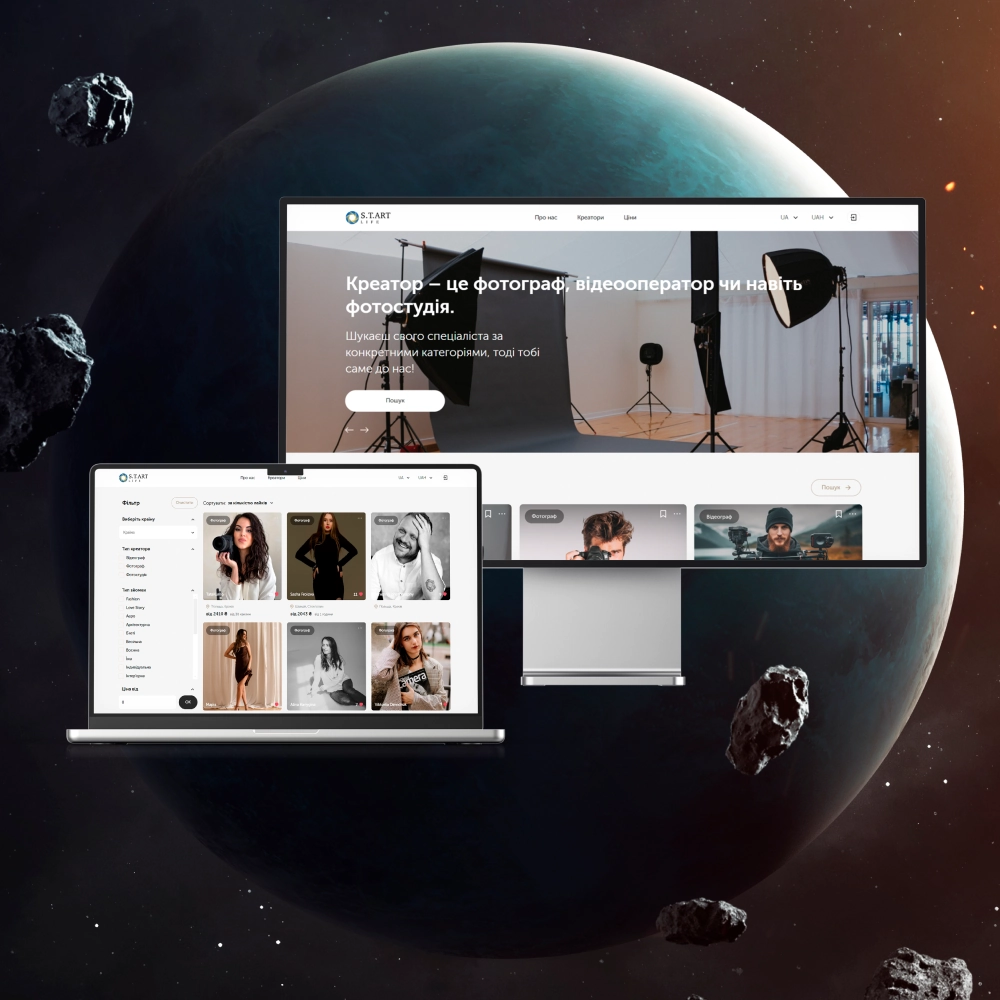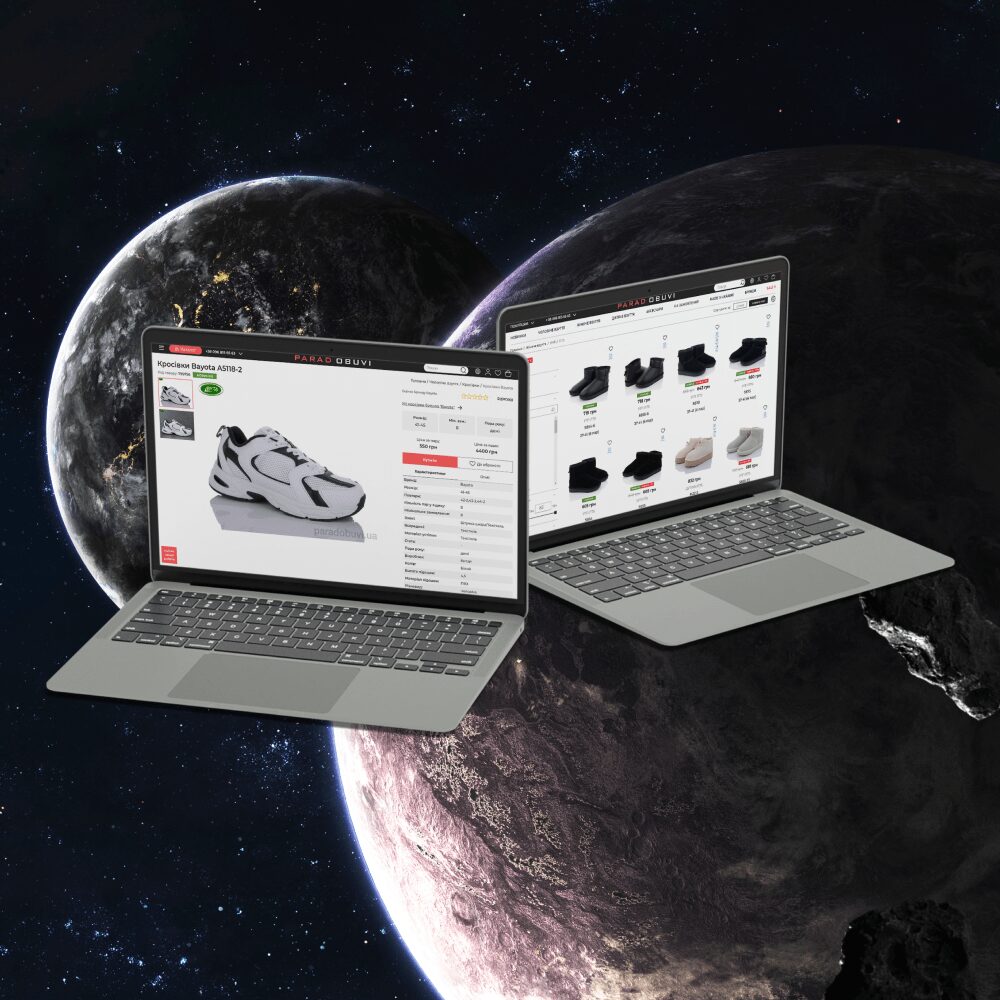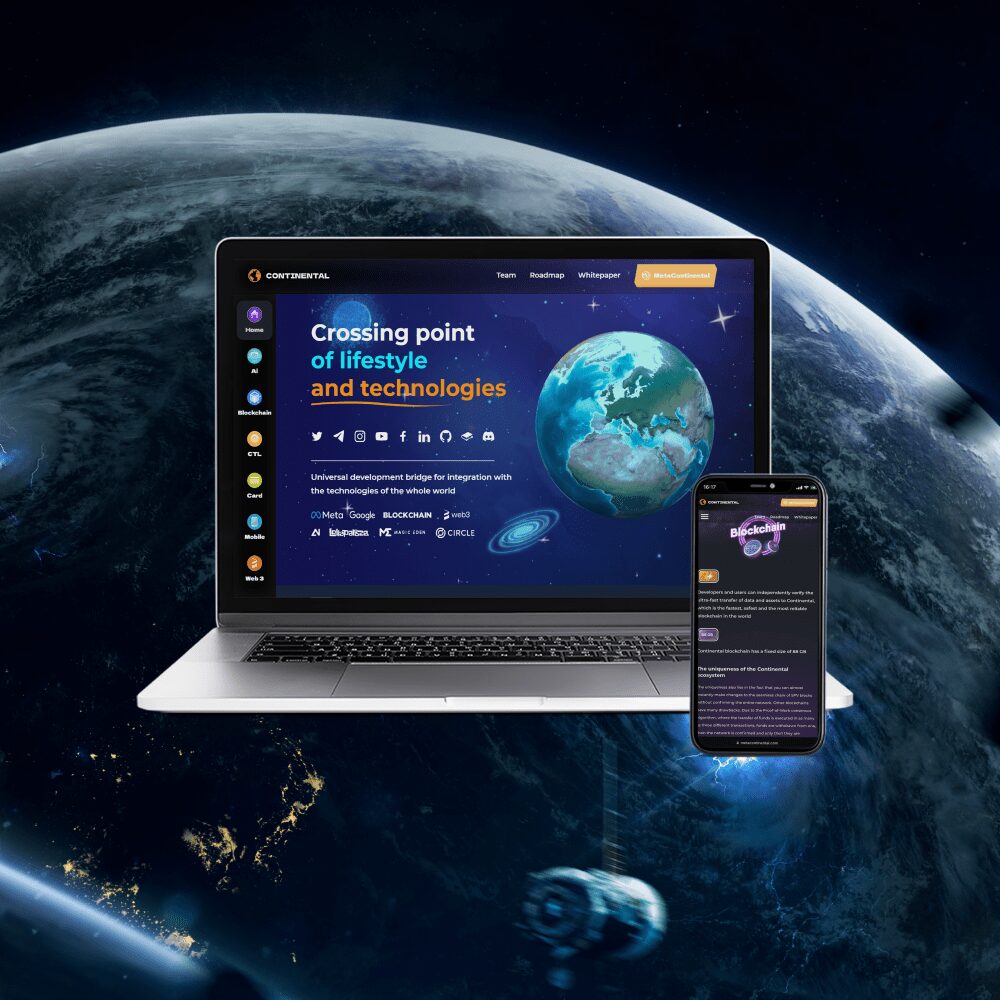Development of a cross-platform crypto wallet on Flutter
What is a crypto wallet
Types of crypto walletsWhat is a crypto wallet Types of crypto wallets
In the cryptocurrency market, there are no such concepts as banks or payment systems. Instead, all financial transactions are carried out in blockchain networks and are authorized using cryptographic keys stored in crypto wallets and confirming a person’s right to own part of the assets.
There are several types of crypto wallets:
- web wallets – work directly in the browser on different devices;
- desktop – installed on a PC or laptop;
- mobile – designed to work on smartphones;
- hardware – are a separate device that stores public and private keys to confirm transactions.
Mobile wallets are considered the most convenient and safest type of crypto wallets, since they are not subject to skimming and provide access to assets in a few clicks on a smartphone. To develop such wallets, different technologies can be used – native, such as Swift for iOS and Java/Kotlin for Android, or cross-platform, allowing you to create applications that work on both operating systems at the same time.

Development of a cross-platform crypto wallet on Flutter
Development of a cross-platform crypto wallet on Flutter
Flutter is an open-source framework for building cross-platform mobile apps from Google. It appeared on the market only in 2018, however, due to its huge potential, it quickly gained recognition among developers around the world.
One of the main advantages of Flutter is that it uses the same codebase to run a project on iOS and Android operating systems. This significantly speeds up the production of applications and makes it more economical compared to using native technologies. However, the advantages of the SDK do not end there.
There are at least 5 more reasons to use Flutter to develop a cryptocurrency wallet:
- Performance. In most cases, the performance of applications on Flutter is comparable to native ones, and in complex UI animation scenarios it can be even higher. The thing is that, unlike most other cross-platform frameworks, Google’s SDK does not rely on various intermediate interpretation methods and is built into machine code. This eliminates any problems regarding the speed of the crypto wallet on different devices.
- Implementation of the interface of any complexity. Flutter makes it possible to customize any elements on the screen, so there is no interface that could not be implemented using it.
- Own rendering engine. Using its own engine based on Skia, Flutter user interfaces can be run on almost any platform without additional modifications, which greatly simplifies development.
- Safety. To write the code, Flutter uses the Dart programming language, which compiles to a native, non-human readable programming language, which makes it difficult to reverse process that can be used by attackers. Moreover, the Google Flutter team is constantly releasing updates aimed at improving security and eliminating vulnerabilities.
- Hot reload. Flutter features allow developers to track changes in real time. This simplifies the search and correction of errors, and also has a positive effect on the speed of production.
Stages of developing a crypto wallet on Flutter
Stages of developing a crypto wallet on Flutter
A whole team of developers of various specializations is involved in creating a cross-platform crypto-wallet on the Flutter framework – from business analysts to programmers and testers.
Consider the main stages of production in more detail.
Stage 1. Gathering information
The development of a cryptocurrency wallet begins with the collection of analytics and communication with the customer. First of all, AVADA MEDIA specialists need to determine what functionality the future product should have, what blockchains it will work with, and what business goals it faces.
Stage 2. Drawing up technical documentation
When the tasks are defined and fixed, they are translated into technical documentation, which describes in detail:
- what functionality should a wallet have to fulfill its goals;
- schedule for the implementation of functions;
- interface requirements;
- wallet security requirements, and how it will be provided;
- application performance goals.
After that, the terms for the implementation of the wallet and the cost of the work are determined.
Stage 3. Structure design
The structure or UX design of the wallet determines how the user will interact with the application. The main task of this stage is to form a logical and human-friendly interface with easy navigation.
Stage 4. UI design development
The success of a crypto wallet largely depends on how comfortable it is for users to work with it, and if UX design is responsible for creating an effective project structure, then UI design is responsible for the design of each individual page. This includes the development of individual interface elements and their location on the screen.
Stage 5. Frontend part
At this stage, the developer creates an adaptive wallet user interface based on the finished layout design. The main task of the layout is to build the correct display of the application on different smartphones. This is especially important for cross-platform projects, since the screen sizes of IOS and Android devices, as well as their versions, can differ significantly.
Stage 6. Development of the server part
The server part, or the backend of the crypto wallet is not visible to end users, but it is he who ensures the functioning of the application. In the Flutter SDK, backend development is carried out in the Dart language, which is compiled into machine code understandable for IOS and Android operating systems. This part of the work includes setting up the interaction of the wallet with blockchains of different cryptocurrencies, databases and objects.
Stage 7. QA
After the development is completed, the crypto wallet undergoes multi-level testing, which checks:
- Compliance of the project with the terms of reference.
- The correctness of the functionality.
- Convenience of the interface.
- Safety.
Only after that, the crypto wallet is deployed, and it becomes available to end users.
Development of a cross-platform crypto-wallet on Flutter in AVADA MEDIA
Development of a cross-platform crypto-wallet on Flutter in AVADA MEDIA
AVADA MEDIA develops multifunctional cryptocurrency wallets for various platforms, including IOS and Android mobile operating systems. In our work, we can use not only native technologies, but also the Flutter cross-platform framework, which speeds up the production process and significantly reduces the investment required for production.
AVADA MEDIA has already formed teams of Flutter developers with well-established communication and experience in joint project implementation, thanks to which we can guarantee the high quality of the application being created.
Fresh works
We create space projectsFresh works
The best confirmation of our qualifications and professionalism are the stories of the success of our clients and the differences in their business before and after working with us.
Our clients
What they say about usOur clients What they say about us
Successful projects are created only by the team
Our teamSuccessful projects
are created only by the team Our team
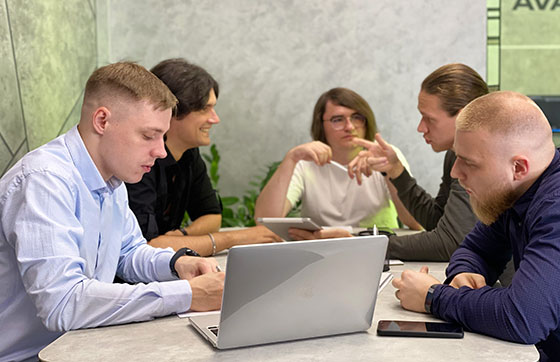

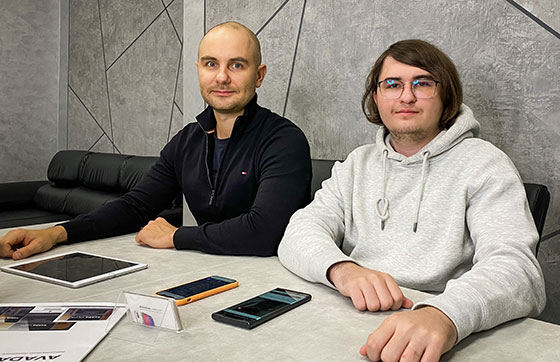
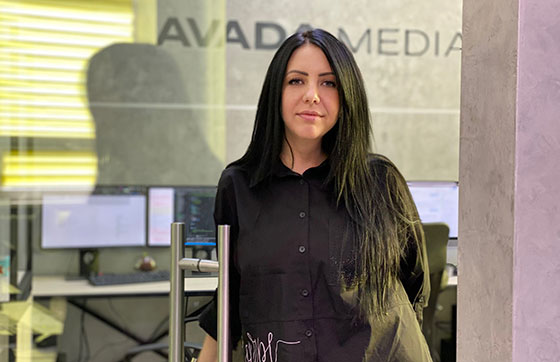
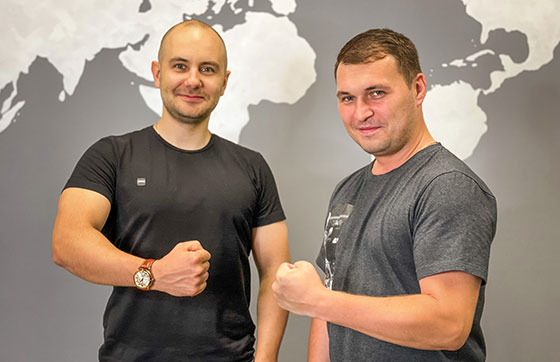
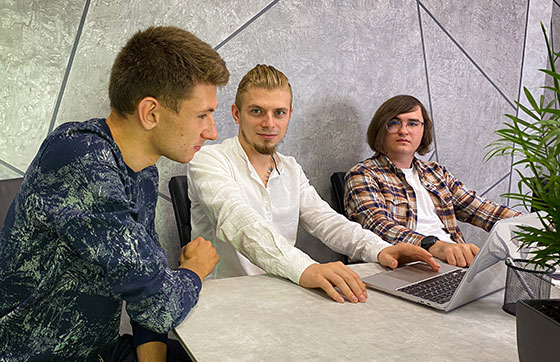
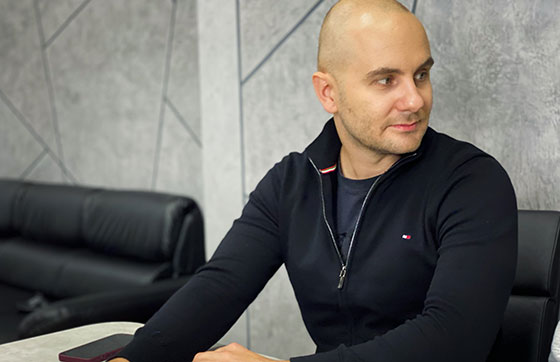





Contact the experts
Have a question?Contact the experts Have a question?
-
Phone:+ 38 (097) 036 29 32
-
E-mail:info@avada-media.com.ua
